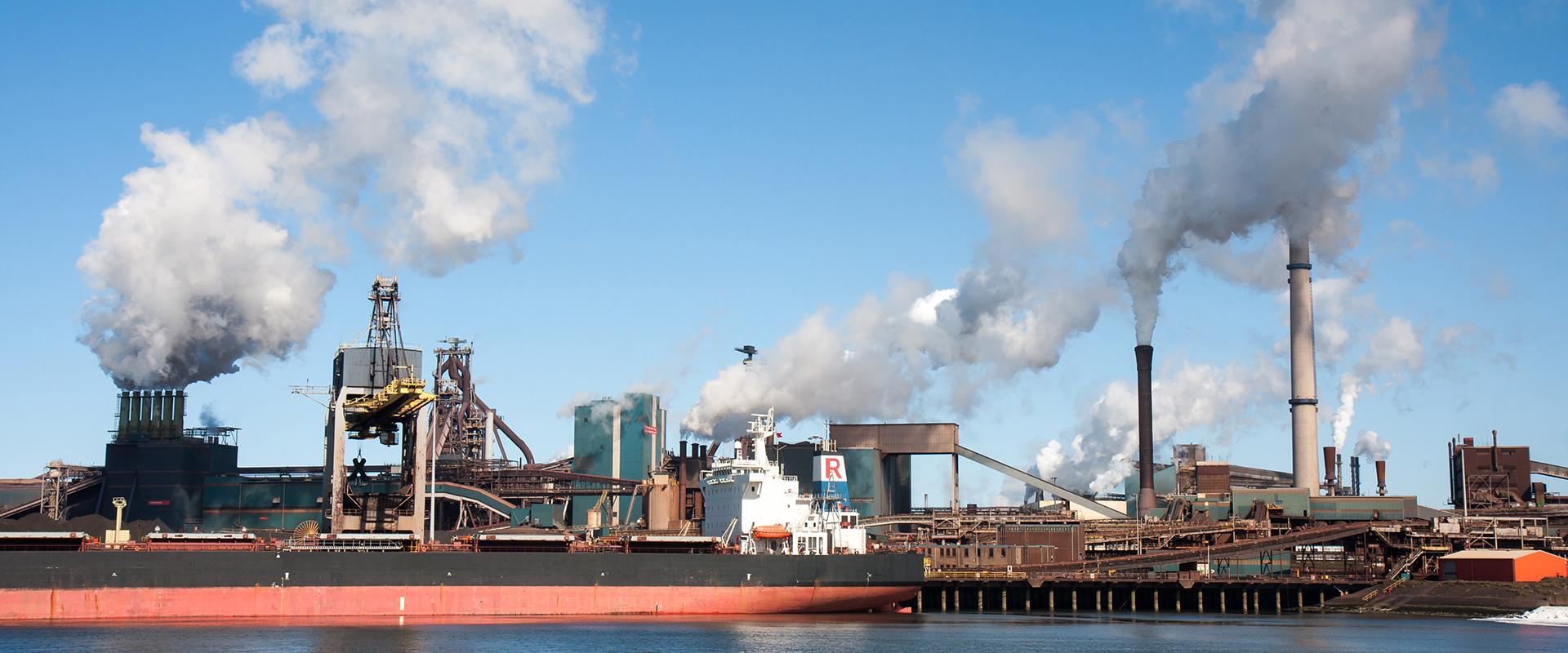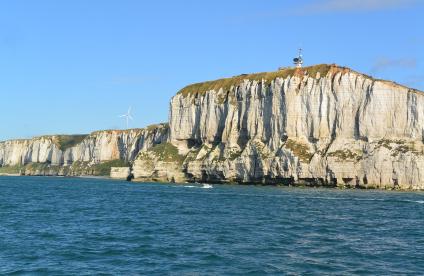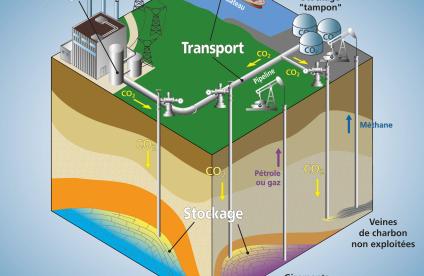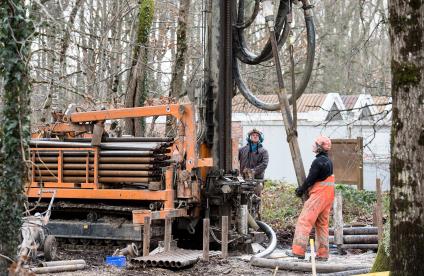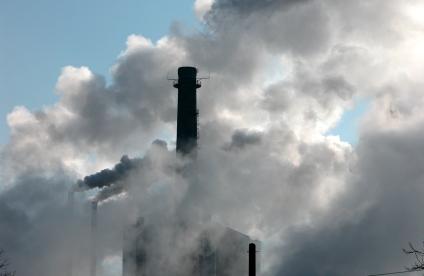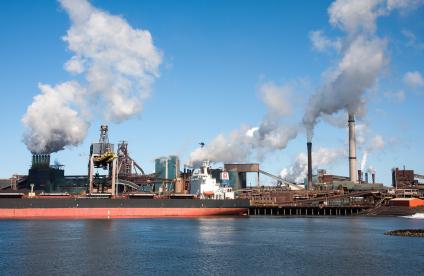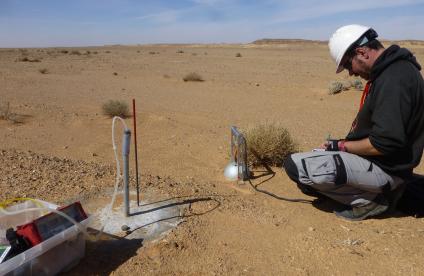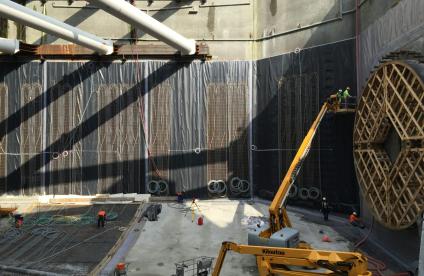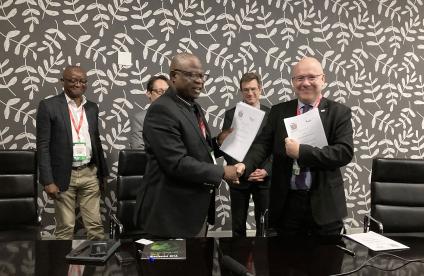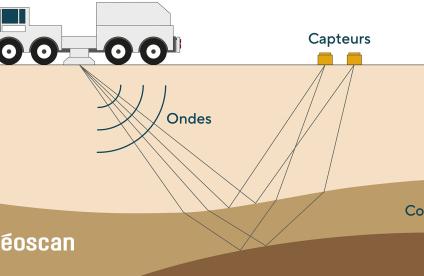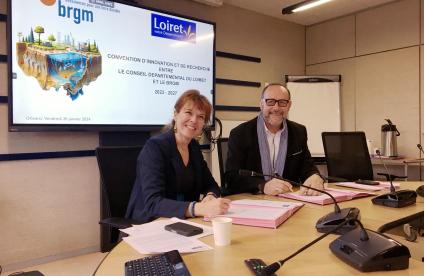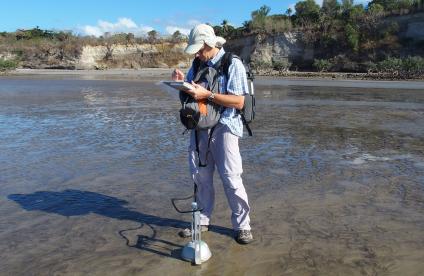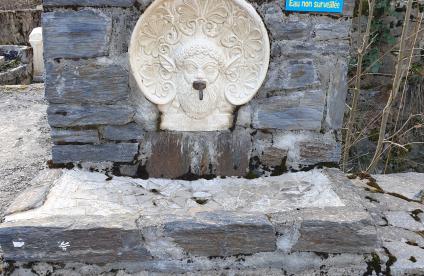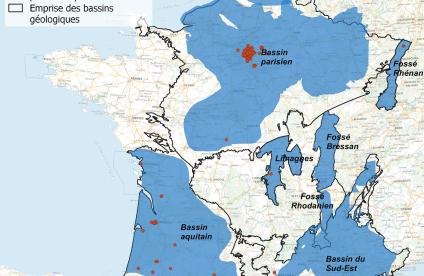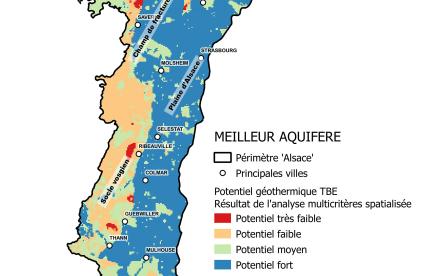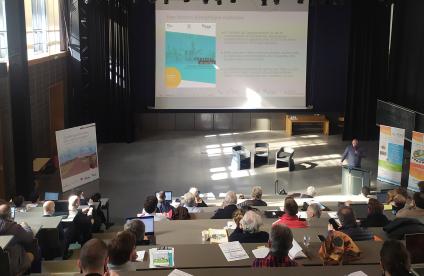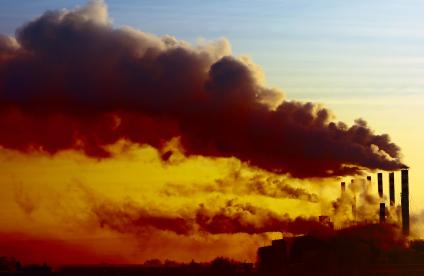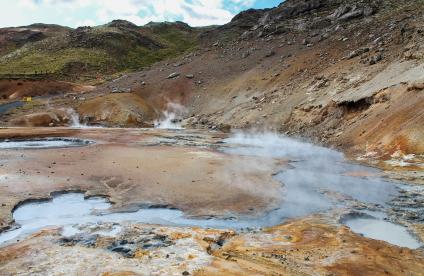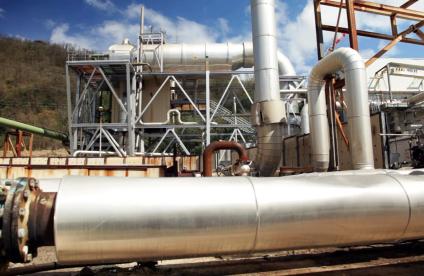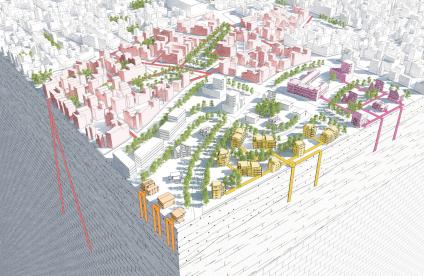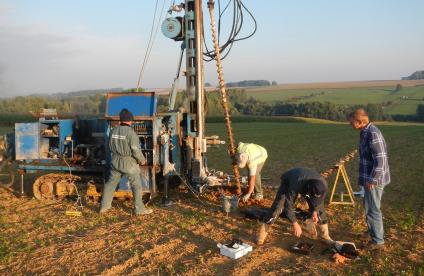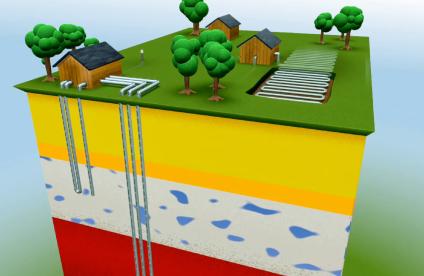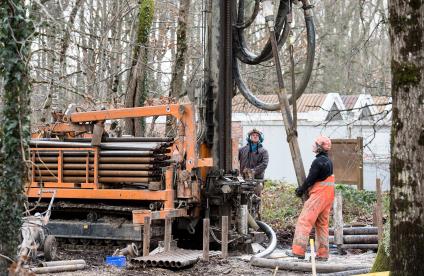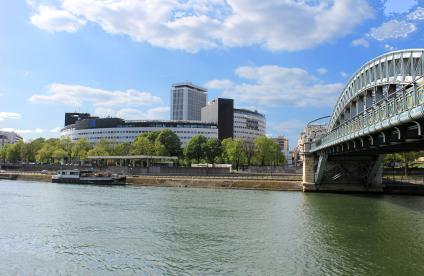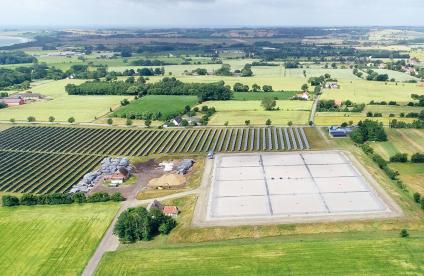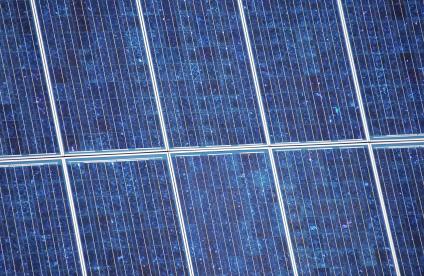The challenge
Energy transition is the gradual shift from an energy system mainly based on fossil fuels (such as coal, oil and natural gas) and radioactive materials, which are finite and nearly all release greenhouse gases, to a wide variety of distributed renewable and carbon-free energy sources (e.g. wind, solar, hydraulic, geothermal and biomass energy). The long-term goal is to achieve carbon neutrality in France as set out in the national low-carbon strategy, and in Europe in line with the 2015 Paris Agreement. From a short- to medium-term perspective, the multiyear energy plan sets the path to be followed up to 2028 with regard to the energy mix.
In the energy transition context, geothermal energy and underground storage should be considered as an integral part of a future carbon-free energy mix including other renewable energies.
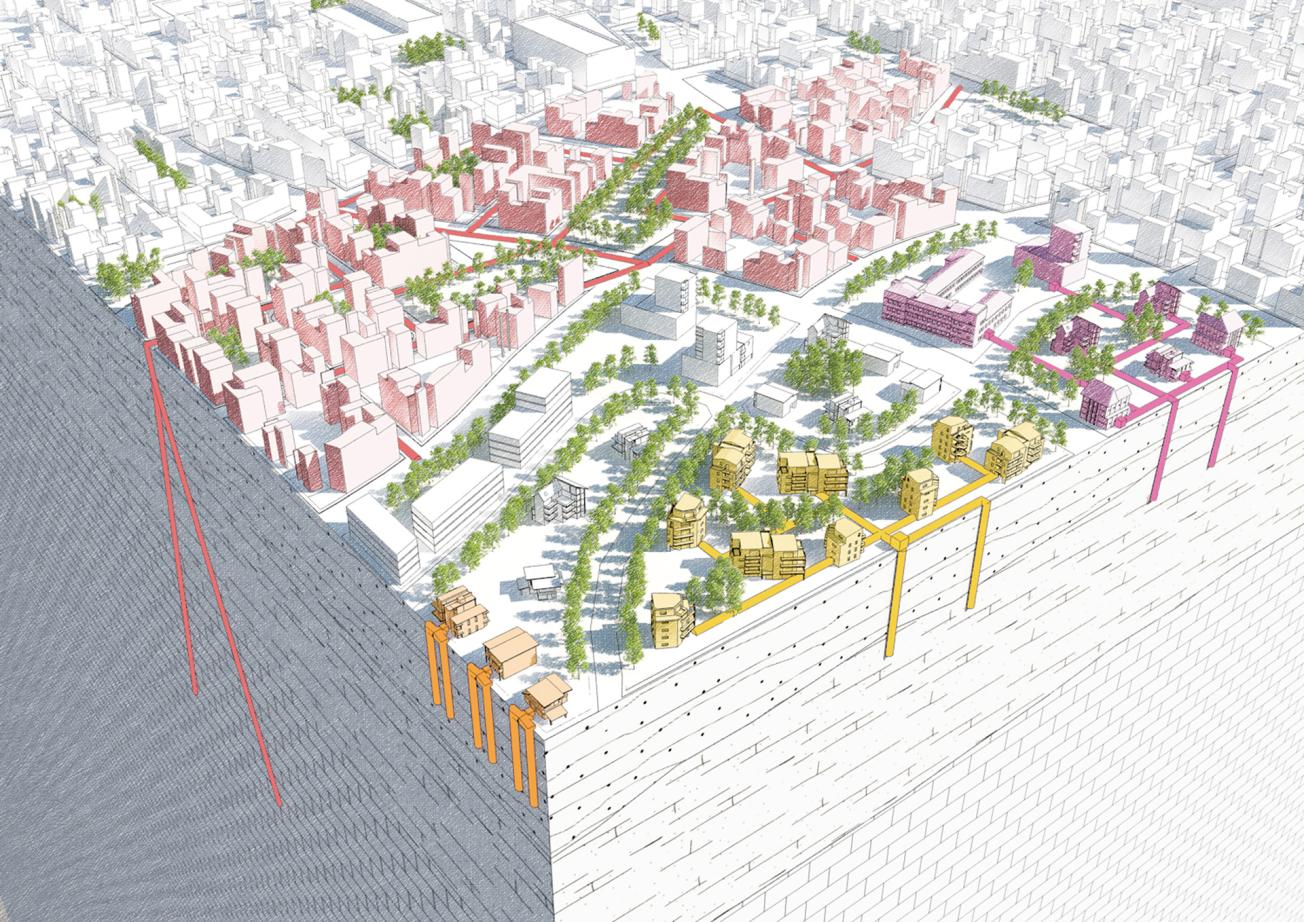
A "discussion diagram" used for planning eco-neighbourhoods and showing potential points of entry for geothermal heat (2011).
© BRGM
The ambition of BRGM
BRGM intends to contribute to solutions that could be implemented both at the scale of individual sites and whole communities. We will ensure the subsurface potential is used sustainably with regard to environmental, economic and social impacts. To achieve this goal, we will use our scientific and technical capability to explore, evaluate and harness the potential of various subsurface functions for geothermal energy and underground storage (e.g. CO2, energy vectors and radioactive waste) and assess the environmental impact.
Our solutions
Latest news
Our references and projects
Results and data
Websites, apps and databases
Discovering the Earth Sciences

Scientific programme: Subsurface potential for the energy transition
We have thus set three key science objectives for the future, which boost our internal efficiency and allow us to respond to a changing landscape in support of energy transition.
Develop the means of extracting thermal energy from geothermal resources to generate carbon-free heat/cold and store heat/cold in the subsurface
This objective continues the work carried out over the past 15 years mainly to advance knowledge and develop methods and processes in support of the heat generation sector and the combined heat and power industry. We will pursue our scientific work on geothermal energy and heat storage systems, building bridges between specialisms to create genuine shared expertise in different temperature ranges, from very low- and low-temperature (e.g. district heat systems) to high-temperature heat generation (e.g. "industrial" heat and combined heat and power). The production of geothermal electricity remains a niche activity in France, carried out only in France’s overseas territories. It can benefit, however, from the research carried out in deep geothermal energy in mainland France.
The underground storage of heat/cold in rock or aquifers for example is an area that BRGM has been investigating in recent years in low temperature ranges. This research priority will need to evolve in the future to cover seasonal thermal energy storage in rock mass, exploring high temperature ranges and residual heat recovery.
Lastly, in the medium to long term, heat generation and storage technologies will need to be incorporated in energy systems at different scales (e.g. buildings, communities and district heating networks), to make them more efficient.
Research priorities
- Identifying and understanding the main physical and chemical mechanisms.
- Modelling coupled phenomena.
- Laboratory and platform testing.
- Methods for developing, monitoring and optimising exploitation in the context of reservoirs, wells and heat production sites.
- Methods for developing, monitoring and optimising exploitation in the context of underground thermal energy storage in rock mass and aquifers.
- Integrated solutions from characterising the underground formation/site to assessing its energy potential, optimising the energy system and estimating costs and benefits.
Estimate and exploit the potential of the subsurface on a regional and local level to make energy systems more efficient from a technical, environmental and economic perspective
This second objective concerns communities (e.g. urban districts, whole cities or regions) and focuses on advancing knowledge and developing methods and processes for evaluating the potential of communities in mainland France for implementing distributed energy schemes. Our research and development work ranges from understanding and qualifying geothermal resources and different underground storage systems to developing methods for evaluating subsurface potential. By developing methods for exploring and characterising the subsurface that can be implemented at different scales and in different contexts across France, we can make sure this potential is harnessed efficiently. Special attention will be paid to volcanic areas in overseas territories, which have potential for geothermal power generation, in line with the special treatment of noninterconnected zones (France’s overseas islands not connected to the mainland grid).
Exploiting the subsurface potential efficiently and responsibly requires a systemic approach including the surface. We will focus on the efficiency of proposed systems and how it can be improved while ensuring subsurface energy systems are economically viable and environmentally sustainable. This involves the identification and assessment of risks and potential environmental impacts, including technical, social and economic determinants. We will identify least-cost solutions and calculate costs likely be achieved in an ideal scenario.
This research is intended to support public policy. While part of the work follows on from previous research, it will need to evolve to include systemic approaches and cooperation with suitable partners. In the medium term, our work aims to support local and regional communities, and future actors in transitioning energy systems at different scales, and will be carried out with the support of our regional network.
Research priorities
- Strategies for exploring and characterising heat generation and storage sites.
- Methods for estimating resources and potential at the local and regional scale.
- Improving/optimising the efficiency of energy systems by including underground resources (e.g. complex systems approach).
- Evaluating the role of the subsurface alongside other energy storage systems, including interseasonal storage in rock mass and the benefits of underground storage for the power grid.
- Predictive approaches to subsurface behaviour to gain insight into the environmental and human impact of using geothermal energy in different normal and problematic scenarios of change.
- Assessing the environmental, economic and social sustainability of energy storage and generation systems involving the subsurface (applying a complex dynamic systems approach to a constrained system).
Developing underground storage to support the transition to more sustainable energy systems
The third objective aims to advance knowledge and develop methods, processes and technology options for underground storage, which could contribute to the transition to more sustainable energy systems.
Energy systems will evolve to include a wider range of energy vectors (e.g. heat, non-conventional gas, H2, O2, etc.), with more connections between energy networks. We must be able to develop the technological know-how and building blocks to address the physical and chemical interactions between different vectors and the subsurface, and the behaviour of the natural environment under the conditions of storage (e.g. H2, and compressed air). Methodologies for the integration of different storage systems will need to be developed in the future with a view to optimising multiple vector systems (e.g. coupled power/heat/gas networks).
Carbon neutrality requires the production of "negative emissions" to offset residual emissions, according to the national low-carbon strategy. Negative emissions are generated by sinks that capture and store carbon emissions (CCS). We will pay particular attention to developing the knowledge and the technological building blocks required for underground storage in deep saline aquifers. We will explore carbon capture and/or use processes (e.g. solid carbon storage) in which carbon dioxide is stored in products with a long life, a process known as mineral sequestration. We will seek to create synergies with renewable energies, and geothermal energy in particular.
Lastly, we intend to advance knowledge and develop methodologies and technological building blocks to support the potential conversion of industrial hydrocarbon production facilities (e.g. existing wells).
Our research and development work to achieve this objective is part of a strategy to support external operators. It is partly a continuation of the work undertaken in recent years under ANDRA agreements or the implementation of technological building blocks for the development of industrial demonstrators or pilots. We will support government bodies (e.g. in the field of radioactive waste storage) by producing knowledge on reactive transport and methodologies for overcoming physical and human barriers to underground containment.
Research priorities
- Process modelling and assessing physical barriers to underground storage (e.g. reactive transport, chemical reactivity and behaviour of geological formations).
- Laboratory testing.
- Developing methods for evaluating the efficiency of underground storage sites.
- Methods for surveying and monitoring underground facilities.

